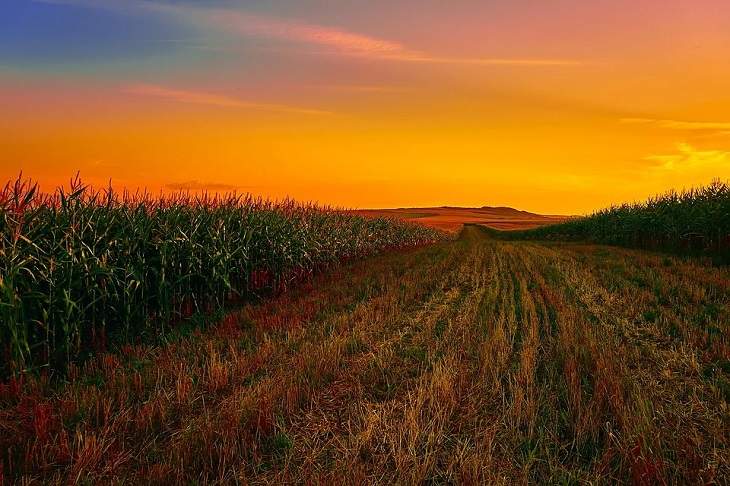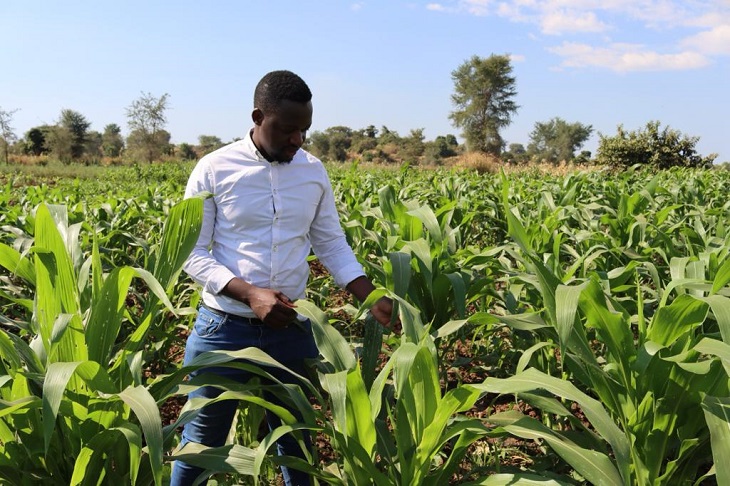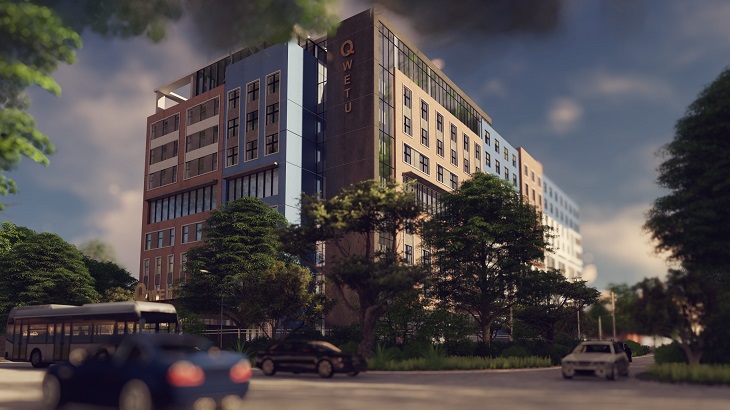Picture a child born today in Dol Dol, Laikipia County, or any other village in Africa. By 2050, she will be part of a world with nearly 10 billion people. Her parents may imagine a future filled with dazzling technologies—flying autonomous vehicles, brain-computer interfaces, smart robots, and even colonies on Mars. They may be right. But how often do they pause to ask a simpler, more urgent question: Will she have enough food on her plate?
In 1798, Thomas Malthus, an economist, warned that because population grows geometrically (exponentially) and food production arithmetically (linearly), population growth would outpace food production, leading to widespread hunger. Granted, this was over two centuries ago, Malthus underestimated human ingenuity that saw mechanization, improved seeds, and irrigation usher in the Green Revolution, which helped feed billions.
Today, however, the specter of food insecurity is rising again, this time not because of a lack of innovation, but from the mounting impact of climate change.
Food security refers to the consistent availability of food in the right quantity and quality, at the right place, and at the right time. This goal is under severe strain, and if urgent and intentional actions are not taken to avert the worsening situation from climate change, concerning levels of hunger are expected to persist.
The World Food Programme reports that, as of June 2025, over 319 million people across 67 countries are acutely food insecure. Unfortunately, this is the sixth successive year that global food security has worsened. Sub-Saharan Africa bears the heaviest burden as droughts, floods, pests, and shifting weather patterns are crippling farmers’ ability to grow enough food, compounded by conflicts and economic shocks.
The challenge is no longer just about growing more; it is about protecting what we grow. That means building systems that can withstand shocks and safeguard livelihoods. This is where risk management and insurance must become critical tools for food security strategies.
Addressing food insecurity requires a multidimensional approach, with all stakeholders playing their part, especially through climate action that prioritizes marginalized and vulnerable communities.
Although insurance may not be the first word that comes to mind when we think about hunger, it is one of the most powerful ways to protect farmers, stabilize food systems, and give communities the confidence to invest in the future.
Crop, livestock, and index-based insurance products can cushion farmers against devastating losses. Risk management solutions can help agribusinesses survive climate shocks. Public-private partnerships can make coverage more affordable for vulnerable households.
The insurance sector must step up as a key player in securing the future of food.
First, the industry must evolve its solutions from traditional covers to develop products that directly respond to the realities farmers and agribusinesses face today. In the Kenyan context, this translates to developing insurance solutions that address uncertainties in crop and livestock production, as well as innovative index-based solutions that trigger payouts when climate shocks strike.
Secondly, these products should be embedded into the agricultural value chain so that farmers and food enterprises recover faster from losses, sustain production, and keep food flowing into markets.
Finally, insurers should cultivate partnerships with governments and development organizations to subsidize and scale these solutions, ensuring resilience reaches even the most vulnerable communities. This is particularly important in Africa, where most food is produced by small-scale farmers.
If we are serious about achieving the Sustainable Development Goal of “Zero Hunger,” we must invest not only in producing more food but also in protecting the systems that deliver it. The future of food security will be written not only in research labs and farms but also in the choices we make to manage risk today.
For that little girl born today in Dol Dol and her 120,000 birthday mates born across Africa, food security in 25 years will depend on whether we act now to bring together technology, climate action, and innovative risk solutions to secure a future where hunger is no longer a generational fear.
Related Content: How Local Innovation Will Shape Africa’s Food Security
James is an agriculture insurance specialist at Old Mutual Insurance JKimani@oldmutual.co.ke












